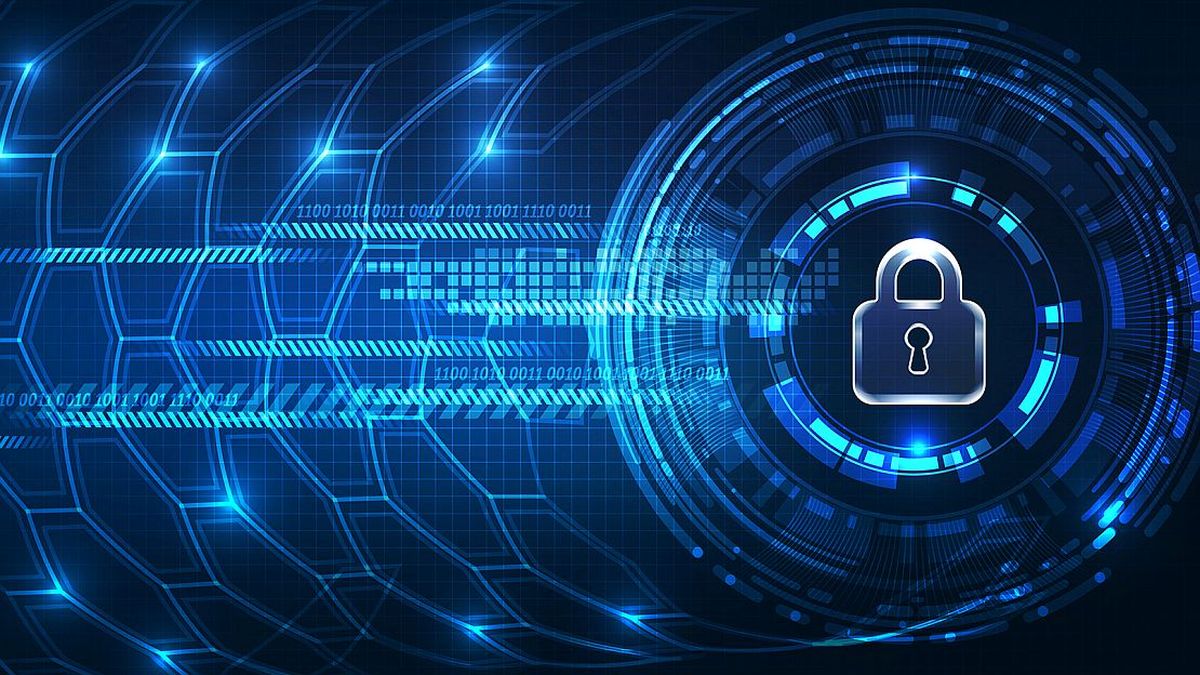How many times has it happened to you that you have seen a Security of technology that seems very interesting and you would like to implement, but then, when you see the amount of time, effort and money required to implement it, do you prefer to delay the acquisition or implement another one?
Here you have three security technologies that you can implement with very little effort and with almost no impact on existing infrastructure, but which can greatly help improve your security posture, reduce risk and ultimately increase your organization’s cyber resilience capabilities.
Protection against digital risks
Would you like to know details about your external attack surface (what potential attackers can see from your organization)? Do you want to determine if attackers are trying to impersonate your organization or use your brand with malicious intent? Would you like to receive alerts whenever (if) hacker groups sell information about your organization that can range from customer data, internal employee records to credentials to access your network? In other words, do you want to make sure your brand is protected?
These are the goals of risk protection technologies: to clearly visualize what an external attacker may be seeing (not only the infrastructure, but also the content), what internal information is already in the hands of others, and generally ensure a better understanding of organizational risk.
Since this is visibility, the implementation does not need to touch anything in the organization (no configuration is needed on the existing infrastructure) and reports can start flowing immediately after configuration.
Deception technology
Would you like to implement a technology that has virtually no false positives?which can tell you when an attacker is trying to infiltrate your network, providing you with details on tactics, techniques and procedures, and help alert your security ecosystem to prevent these attacks?
The above is essentially what deception technology does. By replicating some of the services, applications, devices and data you already have in your organization, deception technology can attract attackers, guiding them to the “baits” you have installed and waiting for them to “bite.” Since no one should touch these services (since they are not real services and there is no real data), any attempt to connect to them is unexpected and therefore should be carefully analyzed. This is why results can be seen immediately after implementation and the false positive rate is extremely low.
To be effective, the initial configuration must replicate some of the services you have already implemented. However, it is not necessary to touch production services at all. In fact, this technology integrates seamlessly into the network, as any new service would.
Digital experience monitoring
In a world “on the progress” and “as a service” where customers aren’t tied down by long contracts and loyalty depends on how satisfied they are with each interaction, experience is everything. It is what determines whether or not the customer will use our products or services again.
From a technological perspective, the “Easy to use” It is key to a better experience. This means, among other things, having applications always available with fast response times. Digital experience monitoring tools measure exactly that. In addition to providing information on trends, which helps prevent resource limitations that could put service quality at risk. If something falls below a certain range, some actions can be taken. Depending on the configuration, it is also possible to understand the root cause of any issues that may be affecting overall system performance.
In this case, the initial configuration can be done with minimal changes to the infrastructure to start having some baselines and then gradually evolve to cover more services and more systems, in greater depth.
Three technologies, one platform
You may or may not already be familiar with some of the concepts I mentioned above. This is because these are technologies that the average service provider cybersecurity not included in its portfolio, so they are normally acquired from third parties. The advantage of having a single provider that includes these technologies in its security platform is that it allows you to take information from other elements and return value to the entire security posture. cybersecurity. This means faster, easier integration and greater security by increasing the amount of intelligence available for decision-making.
If you are looking to improve your security posture, minimizing the time and effort to implement new security technologies but maximizing the value that all your technologies bring to the organization, you should definitely consider the three technologies above.
Source: Ambito
David William is a talented author who has made a name for himself in the world of writing. He is a professional author who writes on a wide range of topics, from general interest to opinion news. David is currently working as a writer at 24 hours worlds where he brings his unique perspective and in-depth research to his articles, making them both informative and engaging.




